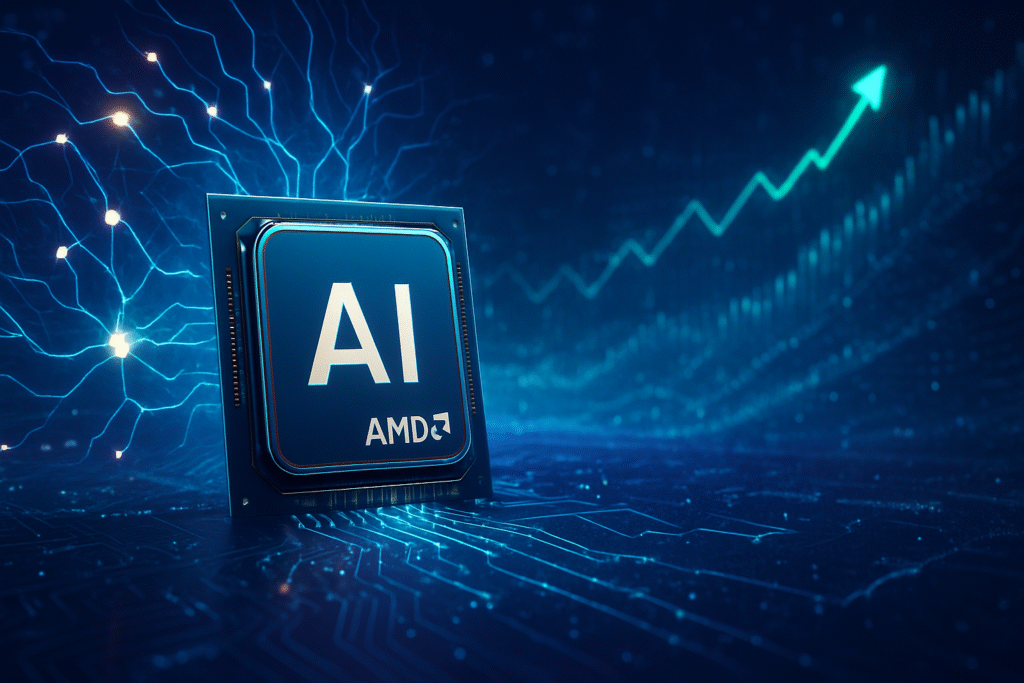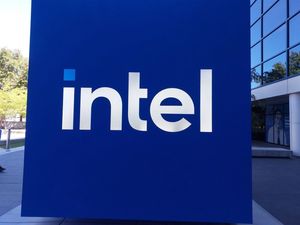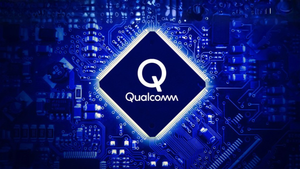
San Francisco, CA – October 7, 2025 – Advanced Micro Devices (NASDAQ: AMD) sent shockwaves through the technology sector yesterday with the announcement of a monumental strategic partnership with OpenAI, propelling AMD's stock to unprecedented heights and fundamentally altering the competitive dynamics of the burgeoning artificial intelligence chip market. This multi-year, multi-generational agreement, which commits OpenAI to deploying up to 6 gigawatts of AMD Instinct GPUs for its next-generation AI infrastructure, marks a pivotal moment for the semiconductor giant and underscores the insatiable demand for AI computing power driving the current tech boom.
The news, which saw AMD shares surge by over 30% at market open on October 6, adding approximately $80 billion to its market capitalization, solidifies AMD's position as a formidable contender in the high-stakes race for AI accelerator dominance. The collaboration is a powerful validation of AMD's aggressive investment in AI hardware and software, positioning it as a credible alternative to long-time market leader NVIDIA (NASDAQ: NVDA) and promising to reshape the future of AI development.
The Arsenal of AI: AMD's Instinct GPUs Powering the Future of OpenAI
The foundation of AMD's (NASDAQ: AMD) ascent in the AI domain has been meticulously built over the past few years, culminating in a suite of powerful Instinct GPUs designed to tackle the most demanding AI workloads. At the forefront of this effort is the Instinct MI300X, launched in late 2023, which offered compelling memory capacity and bandwidth advantages over competitors like NVIDIA's (NASDAQ: NVDA) H100, particularly for large language models. While initial training performance on public software varied, continuous improvements in AMD's ROCm open-source software stack and custom development builds significantly enhanced its capabilities.
Building on this momentum, AMD unveiled its Instinct MI350 Series GPUs—the MI350X and MI355X—at its "Advancing AI 2025" event in June 2025. These next-generation accelerators are projected to deliver an astonishing 4x generation-on-generation AI compute increase and a staggering 35x generational leap in inferencing performance compared to the MI300X. The event also showcased the robust ROCm 7.0 open-source AI software stack and provided a tantalizing preview of the forthcoming "Helios" AI rack platform, which will be powered by the even more advanced MI400 Series GPUs. Crucially, OpenAI was already a participant at this event, with AMD CEO Lisa Su referring to them as a "very early design partner" for the upcoming MI450 GPUs. This close collaboration has now blossomed into the landmark agreement, with the first 1 gigawatt deployment utilizing AMD's Instinct MI450 series chips slated to begin in the second half of 2026. This co-development and alignment of product roadmaps signify a deep technical partnership, leveraging AMD's hardware prowess with OpenAI's cutting-edge AI model development.
Reshaping the AI Chip Ecosystem: A New Era of Competition
The strategic partnership between AMD (NASDAQ: AMD) and OpenAI carries profound implications for the AI industry, poised to disrupt established market dynamics and foster a more competitive landscape. For OpenAI, this agreement represents a critical diversification of its chip supply, reducing its reliance on a single vendor and securing long-term access to the immense computing power required to train and deploy its next-generation AI models. This move also allows OpenAI to influence the development roadmap of AMD's future AI accelerators, ensuring they are optimized for its specific needs.
For AMD, the deal is nothing short of a "game changer," validating its multi-billion-dollar investment in AI research and development. Analysts are already projecting "tens of billions of dollars" in annual revenue from this partnership alone, potentially exceeding $100 billion over the next four to five years from OpenAI and other customers. This positions AMD as a genuine threat to NVIDIA's (NASDAQ: NVDA) long-standing dominance in the AI accelerator market, offering enterprises a compelling alternative with a strong hardware roadmap and a growing open-source software ecosystem (ROCm). The competitive implications extend to other chipmakers like Intel (NASDAQ: INTC), who are also vying for a share of the AI market. Furthermore, AMD's strategic acquisitions, such as Nod.ai in 2023 and Silo AI in 2024, have bolstered its AI software capabilities, making its overall solution more attractive to AI developers and researchers.
The Broader AI Landscape: Fueling an Insatiable Demand
This landmark partnership between AMD (NASDAQ: AMD) and OpenAI is a stark illustration of the broader trends sweeping across the artificial intelligence landscape. The "insatiable demand" for AI computing power, driven by rapid advancements in generative AI and large language models, has created an unprecedented need for high-performance GPUs and accelerators. The AI accelerator market, already valued in the hundreds of billions, is projected to surge past $500 billion by 2028, reflecting the foundational role these chips play in every aspect of AI development and deployment.
AMD's validated emergence as a "core strategic compute partner" for OpenAI highlights a crucial shift: while NVIDIA (NASDAQ: NVDA) remains a powerhouse, the industry is actively seeking diversification and robust alternatives. AMD's commitment to an open software ecosystem through ROCm is a significant differentiator, offering developers greater flexibility and potentially fostering innovation beyond proprietary platforms. This development fits into a broader narrative of AI becoming increasingly ubiquitous, demanding scalable and efficient hardware infrastructure. The sheer scale of the announced deployment—up to 6 gigawatts of AMD Instinct GPUs—underscores the immense computational requirements of future AI models, making reliable and diversified supply chains paramount for tech giants and startups alike.
The Road Ahead: Innovations and Challenges on the Horizon
Looking forward, the strategic alliance between AMD (NASDAQ: AMD) and OpenAI heralds a new era of innovation in AI hardware. The deployment of the MI450 series chips in the second half of 2026 marks the beginning of a multi-generational collaboration that will see AMD's future Instinct architectures co-developed with OpenAI's evolving AI needs. This long-term commitment, underscored by AMD issuing OpenAI a warrant for up to 160 million shares of AMD common stock vesting based on deployment milestones, signals a deeply integrated partnership.
Experts predict a continued acceleration in AMD's AI GPU revenue, with analysts doubling their estimates for 2027 and beyond, projecting $42.2 billion by 2029. This growth will be fueled not only by OpenAI but also by other key partners like Meta (NASDAQ: META), xAI, Oracle (NYSE: ORCL), and Microsoft (NASDAQ: MSFT), who are also leveraging AMD's AI solutions. The challenges ahead include maintaining a rapid pace of innovation to keep up with the ever-increasing demands of AI models, continually refining the ROCm software stack to ensure seamless integration and optimal performance, and scaling manufacturing to meet the colossal demand for AI accelerators. The industry will be watching closely to see how AMD leverages this partnership to further penetrate the enterprise AI market and how NVIDIA responds to this intensified competition.
A Paradigm Shift in AI Computing: AMD's Ascendance
The recent stock rally and the landmark partnership with OpenAI represent a definitive paradigm shift for AMD (NASDAQ: AMD) and the broader AI computing landscape. What was once considered a distant second in the AI accelerator race has now emerged as a formidable leader, fundamentally reshaping the competitive dynamics and offering a credible, powerful alternative to NVIDIA's (NASDAQ: NVDA) long-held dominance. The deal not only validates AMD's technological prowess but also secures a massive, long-term revenue stream that will fuel future innovation.
This development will be remembered as a pivotal moment in AI history, underwriting the critical importance of diversified supply chains for essential AI compute and highlighting the relentless pursuit of performance and efficiency. As of October 7, 2025, AMD's market capitalization has surged to over $330 billion, a testament to the market's bullish sentiment and the perceived "game changer" nature of this alliance. In the coming weeks and months, the tech world will be closely watching for further details on the MI450 deployment, updates on the ROCm software stack, and how this intensified competition drives even greater innovation in the AI chip market. The AI race just got a whole lot more exciting.
This content is intended for informational purposes only and represents analysis of current AI developments.
TokenRing AI delivers enterprise-grade solutions for multi-agent AI workflow orchestration, AI-powered development tools, and seamless remote collaboration platforms. For more information, visit https://www.tokenring.ai/.






